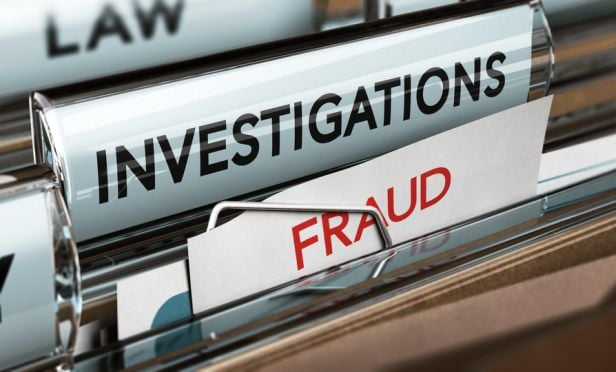 It may seem like filing a bogus insurance claim is a victimless crime but it hurts everyone —driving up the cost to the insurance companies who in turn must raise policyholder rates. (Photo: Shutterstock)
It may seem like filing a bogus insurance claim is a victimless crime but it hurts everyone —driving up the cost to the insurance companies who in turn must raise policyholder rates. (Photo: Shutterstock)
All forms of insurance — from health to workers' compensation to homeowners — provide security and protection to individuals and companies in case of injury, illness, theft or damage. Most businesses carry several types of insurance to protect their assets and their people. One of the most common types of coverage is business interruption insurance, which provides compensation to an insured if its operations are interrupted due to damage or theft. Fire, floods, earthquakes and other unanticipated natural disasters can quickly destroy thriving companies and having business interruption insurance can help cover costs during a period of rebuilding.
While most business interruption claims are paid on legitimate loss, unfortunately, an estimated $80 billion in fraudulent insurance claims (across all lines) are made every year in the U.S. And fraudulent business interruption claims are no exception. Agents, brokers, insurers and claims professionals should scrutinize every business interruption claim cautiously. Even the most experienced professional may not recognize potentially fraudulent information if the claim appears straightforward and seemingly complete. For this reason, it's essential to examine every claim thoroughly to make sure it's legitimate. Insureds who intentionally manipulate their company's financials to create a false picture of the business's profitability are committing fraud.
Recommended For You
Want to continue reading?
Become a Free PropertyCasualty360 Digital Reader
Your access to unlimited PropertyCasualty360 content isn’t changing.
Once you are an ALM digital member, you’ll receive:
- Breaking insurance news and analysis, on-site and via our newsletters and custom alerts
- Weekly Insurance Speak podcast featuring exclusive interviews with industry leaders
- Educational webcasts, white papers, and ebooks from industry thought leaders
- Critical converage of the employee benefits and financial advisory markets on our other ALM sites, BenefitsPRO and ThinkAdvisor
Already have an account? Sign In Now
© 2025 ALM Global, LLC, All Rights Reserved. Request academic re-use from www.copyright.com. All other uses, submit a request to [email protected]. For more information visit Asset & Logo Licensing.








